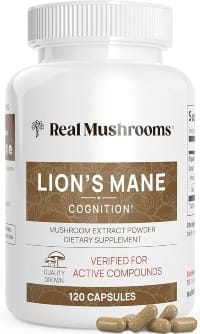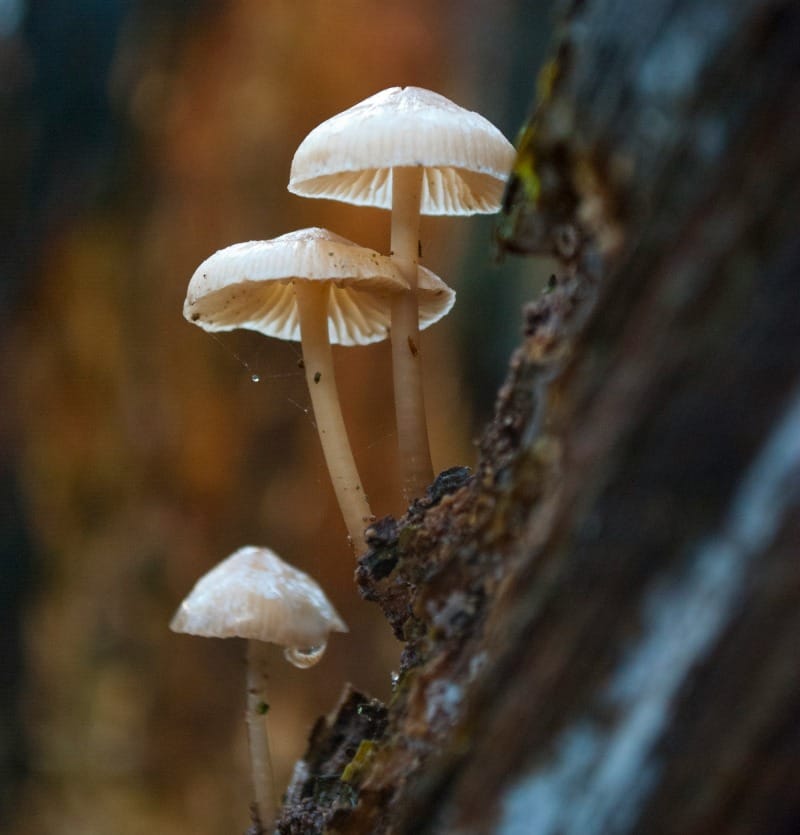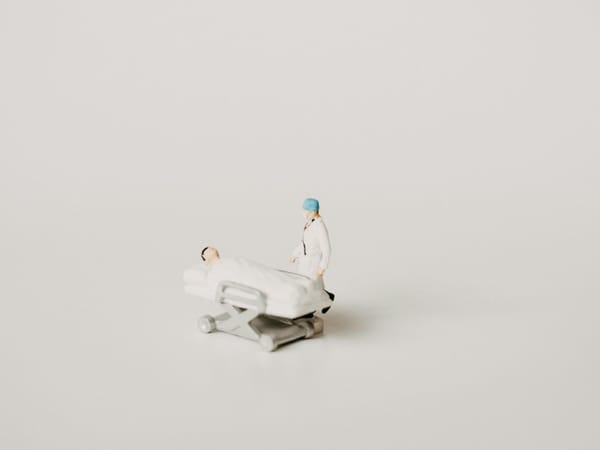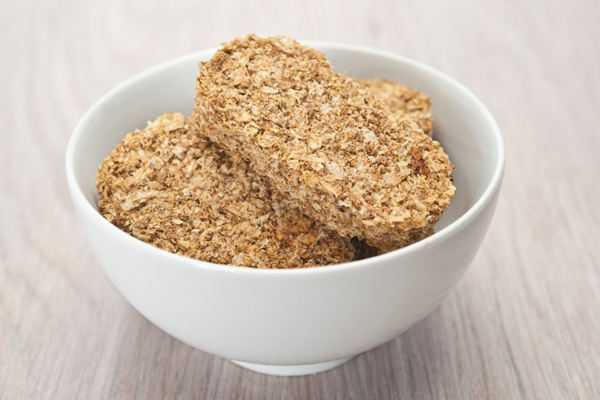Psilocybin mushrooms, commonly known as "magic mushrooms" or "shrooms," have been used for centuries for their psychoactive effects. But how long do these effects last, and how long can shrooms be detected in your system? This article explores the timeline of psilocybin in the body and factors that influence detection.

Key takeaways:
• Shroom effects typically last 3-6 hours
• Psilocybin is detectable in urine for up to 24 hours
• Factors like dosage and metabolism affect detection time
• Most standard drug tests don't screen for psilocybin
The journey of psilocybin through your body
When you consume magic mushrooms, your body begins processing the psilocybin almost immediately. The compound is converted to psilocin, which is responsible for the psychoactive effects[1].
Onset and peak effects
The effects of shrooms usually begin within 20-40 minutes of ingestion. Peak effects occur around 90 minutes to two hours after consumption. During this time, users may experience altered perceptions, euphoria, and hallucinations.
Duration of the "trip"
The psychoactive effects of shrooms typically last between 3-6 hours. However, some users report lingering effects for up to 24 hours after ingestion[2].
Metabolism and excretion
Psilocybin is rapidly metabolized by the liver and excreted primarily through urine. Research shows that about 65% of the consumed psilocybin is eliminated within 24 hours[3].
How long do shrooms stay in your system drug test?
The detection window for psilocybin in drug tests varies depending on the type of test used. Most standard drug panels don't include psilocybin, but specialized tests can detect it for a limited time.
• Urine tests: Psilocin can be detected in urine for up to 24 hours after use
• Blood tests: Detection possible for a few hours after ingestion
• Hair tests: Theoretically detectable for up to 90 days, but rarely used
It's important to note that detection times can vary widely based on individual factors[4].
Factors affecting detection time
Several variables influence how long shrooms remain detectable in your system:
Dosage
Higher doses of psilocybin mushrooms will naturally take longer for your body to process and eliminate.
Frequency of use
Regular users may metabolize psilocybin more quickly due to developed tolerance, potentially shortening detection times.
Individual metabolism
Factors like age, weight, and overall health can affect how quickly your body processes and eliminates psilocybin.
Mushroom species and potency
Different species of psilocybin mushrooms contain varying levels of the active compound, which can impact detection times[5].
Health implications and risks
While psilocybin has shown potential therapeutic benefits in clinical settings, recreational use carries risks. Short-term effects can include anxiety, nausea, and disorientation. Long-term risks are still being studied, but may include persistent perception disorders in some individuals[6].
Dr. James Giordano, professor of neurology and biochemistry at Georgetown University Medical Center, notes: "Psilocybin can have profound effects on brain chemistry and function. While some studies suggest potential benefits for certain mental health conditions, it's crucial to approach its use with caution and under professional guidance."
Legal status and research
Psilocybin remains a Schedule I controlled substance in the United States, making possession and use illegal at the federal level. However, some cities and states have decriminalized or legalized its use for medical or therapeutic purposes[7].
Ongoing research is exploring the potential of psilocybin for treating conditions like depression, anxiety, and addiction. As our understanding of this compound grows, it's possible that legal and medical perspectives may evolve.
Conclusion
The timeline of psilocybin in your system is relatively short compared to many other substances. While effects typically last 3-6 hours, traces can remain detectable for up to 24 hours in some cases. Factors like dosage, metabolism, and frequency of use all play a role in how long shrooms stay in your system.
As research into psilocybin continues, our understanding of its effects, risks, and potential benefits will likely expand. For now, it's crucial to approach the use of magic mushrooms with caution and awareness of both the legal and health implications.
Remember, Sanatorium is dedicated to providing accurate, science-based information about longevity and health. We do not endorse the use of illegal substances or provide medical advice. Always consult with a healthcare professional for personalized guidance on any health-related matters 🍄
References:
- Passie, T., Seifert, J., Schneider, U., & Emrich, H. M. (2002). The pharmacology of psilocybin. Addiction Biology, 7(4), 357-364. https://onlinelibrary.wiley.com/doi/abs/10.1080/1355621021000005937
- Carhart-Harris, R. L., et al. (2011). Neural correlates of the psychedelic state as determined by fMRI studies with psilocybin. Proceedings of the National Academy of Sciences, 108(5), 2138-2143. https://www.pnas.org/content/108/5/2138
- Hasler, F., Grimberg, U., Benz, M. A., Huber, T., & Vollenweider, F. X. (2004). Acute psychological and physiological effects of psilocybin in healthy humans: a double-blind, placebo-controlled dose–effect study. Psychopharmacology, 172(2), 145-156. https://link.springer.com/article/10.1007/s00213-003-1640-6
- Tylš, F., Páleníček, T., & Horáček, J. (2014). Psilocybin–summary of knowledge and new perspectives. European Neuropsychopharmacology, 24(3), 342-356. https://www.sciencedirect.com/science/article/abs/pii/S0924977X13003519
- Johnson, M. W., Richards, W. A., & Griffiths, R. R. (2008). Human hallucinogen research: guidelines for safety. Journal of Psychopharmacology, 22(6), 603-620. https://journals.sagepub.com/doi/full/10.1177/0269881108093587
- Stamets, P. (1996). Psilocybin Mushrooms of the World: An Identification Guide. Ten Speed Press.
- Nichols, D. E. (2016). Psychedelics. Pharmacological Reviews, 68(2), 264-355. https://pharmrev.aspetjournals.org/content/68/2/264
- Marks, M. (2021). Psychedelic Medicine: The Healing Powers of LSD, MDMA, Psilocybin, and Ayahuasca. Park Street Press.














Member discussion